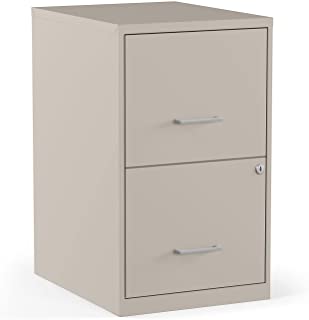How to Install Steel Cabinets in Your Work Space

Installation of cabinets, whether in a kitchen or laundry room or even utility cabinets in a garage, all share the exact requirements for installation. The essential tools you need are available and are included in all handyman’s tool bags. Pencils, a solid carpenter’s four-foot degree level, tape measurement screw gun, a variety of Quick type C clamps, and the chalk line is the ideal starting point. If you have a tripod equipped with the builder’s level (or could rent one for the day), this can make the job easier. Beginning either side of the Steel Cabinet in Philippines set, draw a pencil line four feet higher than the floor.
Then, using the four-foot level, move that mark to the opposite side of the run. There, create another pencil mark. Take a measurement down to the floor and see whether it’s four feet higher than the floor. If it’s exactly four feet and your bed is perfectly level. If it’s higher than four feet, you can tell that the floor slopes downwards towards that point. If you start your cabinets from that lower point, you’ll be unable to ensure that the cabinets are at a level before running “into ” the floor. If you begin at the four-foot mark from where you started and you are in a position to move the cabinets upwards so that they are all the same height over the flooring.
If your cabinets come with a 4-inch-high toe kick, it is possible to cut the four-inch height to compensate for a slight difference in the floor’s height. Be aware that cutting too much could cause the cabinets to appear like they are squatting. If your Steel Cabinets Stc – 27 come with a separate set of toe kick frames, it is much simpler to level them. Lay out the base cabinet’s support and ensure they’re in a level position. A bit of shimming or some minor cutting to ensure that the sub-base ideally allows the installation of base cabinets to be simple. No need to worry about whether the cabinets are level since the bases automatically adjust their level.
This is the top on your cabinets’ uppers. Because your sub-base is level, simply apply the upper cabinet’s mark across the length of the line, and you will need to mark the top on each cabinet. Then, locate all wall studs and make vertical marks using your level, which protrudes over and under the cabinets. If you’re working on your own, you can use a furring that measures one-by-two inches and attach it to the wall, flush with the lower cabinet’s bottom mark. You can place the cabinet on the furring as you plumb the cabinet before fixing them to your wall. Beginning by installing the cabinet you want to use; you can proceed and attach the cabinet to the studs with three-inch drywall screws.
Countersink them, or use course washers based on how you would like the final look to look like. Put two C clamps in the cabinet in which you are working. Lift the second cabinet to its place and, using the C clamps, secure the front side stile of the one Steel Cabinets Stc – 28 onto the other. Combining the wall furring strips as well as the two clamps will permit you to unwind and begin the process of attaching both cabinets to walls as well as to the other. Make sure the fronts are in line with one another, and the sizes are aligned; the standard procedure is to drill a pre-drilled screw hole in the hinge on the door.